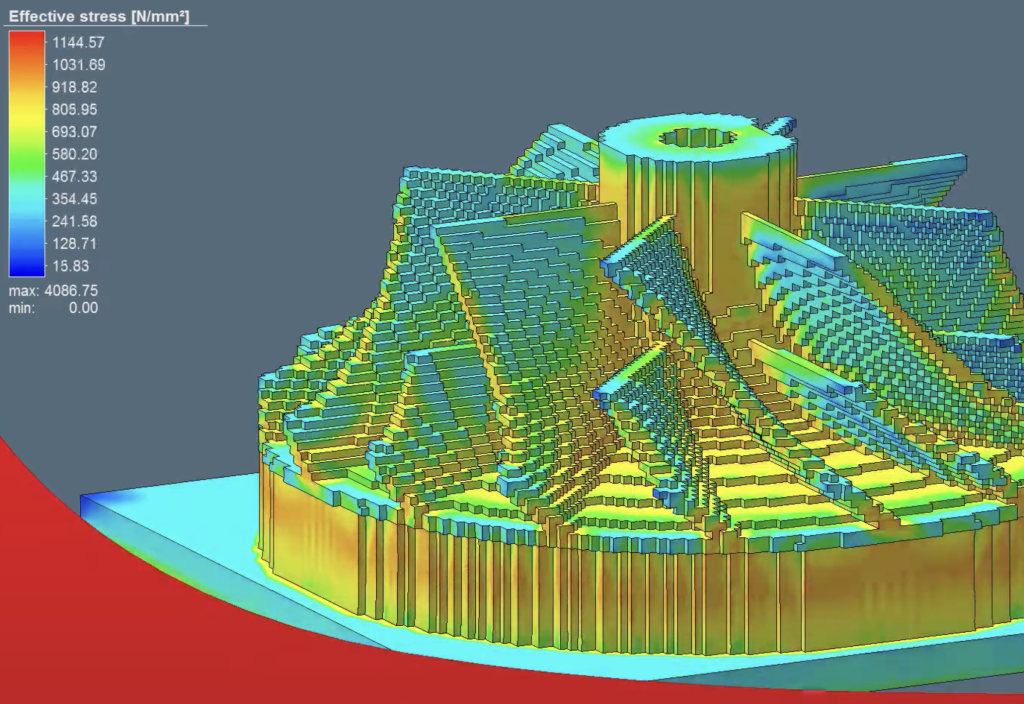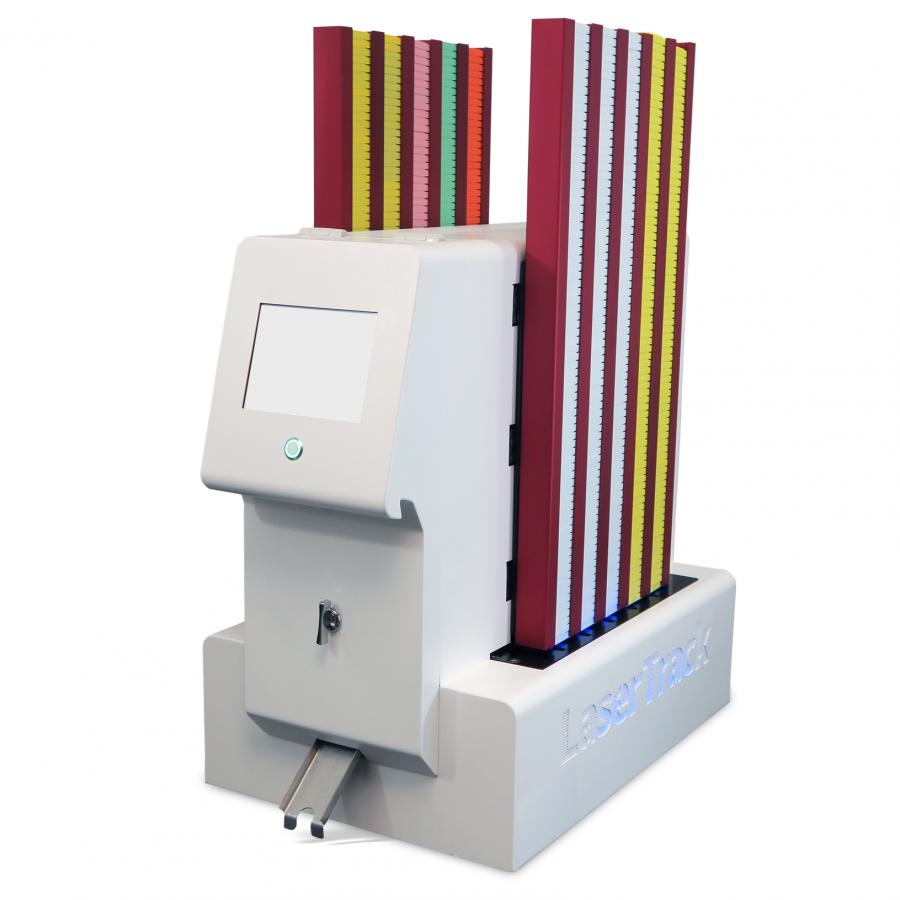Florida launches 3D-printed Terran rocket delayed by Relativity
California-based startup Relativity Space called off the planned debut launch of its 3D-printed rocket in Florida on Wednesday over fuel temperature concerns, delaying a key test of the company’s novel strategy for cutting manufacturing costs.
The Terran 1 rocket was 110 feet tall (35 meters) and was to be launched from the Cape Canaveral U.S. Space Force Base launchpad on Wednesday afternoon. Dwindling “propellant thermal conditions” in the rocket’s second stage during a three-hour launch window ultimately forced a scrub, the company said on Twitter.
The company said the rocket’s next launch attempt is scheduled for Saturday in a window from 1 p.m. to 4 p.m. EST (1800 to 2100 GMT).
Relativity, which is one of few U.S. startups that are competing to provide cheap launch services, bets on the cost-savings it will achieve using robotic 3D-printers.
Today’s launch attempt for #GLHF Terran 1 was canceled due to the launch commit criteria limit for propellant thermal conditions at stage 2. The team is diligently working towards our next launch window in coming days. Check back here soon for updates on the launch… https://t.co/LxWJzfZ9BI pic.twitter.com/M4RVu6EkR8
— Relativity Space (@relativityspace) March 8, 2023
Most of its rivals have focused on lowering costs by building rockets designed to be reuseable, such as the Falcon 9 boosters produced by Elon Musk’s SpaceX.
The inaugural Terran 1 launch is intended to validate the company’s supposition that its rocket’s 3D-printed structure can withstand the forces of a launch off Earth.
“The launch that we’re preparing for is an opportunity to demonstrate a whole bunch of things all at once,” Josh Brost, Relativity’s senior vice president of revenue, told Reuters ahead of the planned launch attempt.
Brost called the Terran 1 “by far the largest 3D-printed structure that’s ever been assembled.”
The 3D-printing process, widely used in various industries, involves machines that autonomously “print” sequential layers of soft, liquid or powdered materials that are quickly hardened or fused to form solid, three-dimensional objects. Digital blueprints are used to scan the designs of the objects.
The use of 3D-printers, Brost said, allows Relativity to hasten much of its manufacturing processes and more easily make changes to improve the rocket’s design if needed after it flies, eliminating the need for a complex supply chain that would otherwise slow down rocket enhancements.
“First launches of new rockets are notoriously prone to have different reasons that they need the scrub,” Brost said. “So it would not be at all unlikely for us to even need a couple of attempts to get through the countdown and lift off for our inaugural launch.”
While the expendable Terran 1 is built to carry 2,755 pounds (1,250 kg) of satellites to low-Earth orbit, waning demand for that class of launch vehicle has led Relativity to develop a larger, 3D-printed reusable rocket – the Terran R – that it expects to fly in 2024.
Currently driving demand are the so-called mega-constellation plans by companies such as SpaceX, OneWeb and Jeff Bezos’ Amazon to deploy tens of thousands of internet-beaming satellites to low-Earth orbit in the next few years.
SpaceX has its own heavy-lift rockets for its Starlink network to orbit. Amazon and OneWeb will use large rockets from different launch companies to launch their satellites. OneWeb will launch its next-generation satellites on Relativity’s Terran R, the companies announced last year.
Relativity currently holds launch contracts worth approximately $1.65 Billion for both its rockets. Most of that revenue comes from Terran R, the larger of the two rockets.
While market demand for rockets like Terran 1 has weakened, Brost said the rocket’s upcoming flights will inform how Terran R is engineered.
Asked if Relativity is still selling Terran 1 to customers, Brost said the company “continues to talk to people about both vehicles.”







